Standards Michigan: Animals 300
Auburn GIVING: Financial Information
Auburn University Facilities Management

“No hour of life is wasted that is spent in the saddle.”
— Winston Churchill
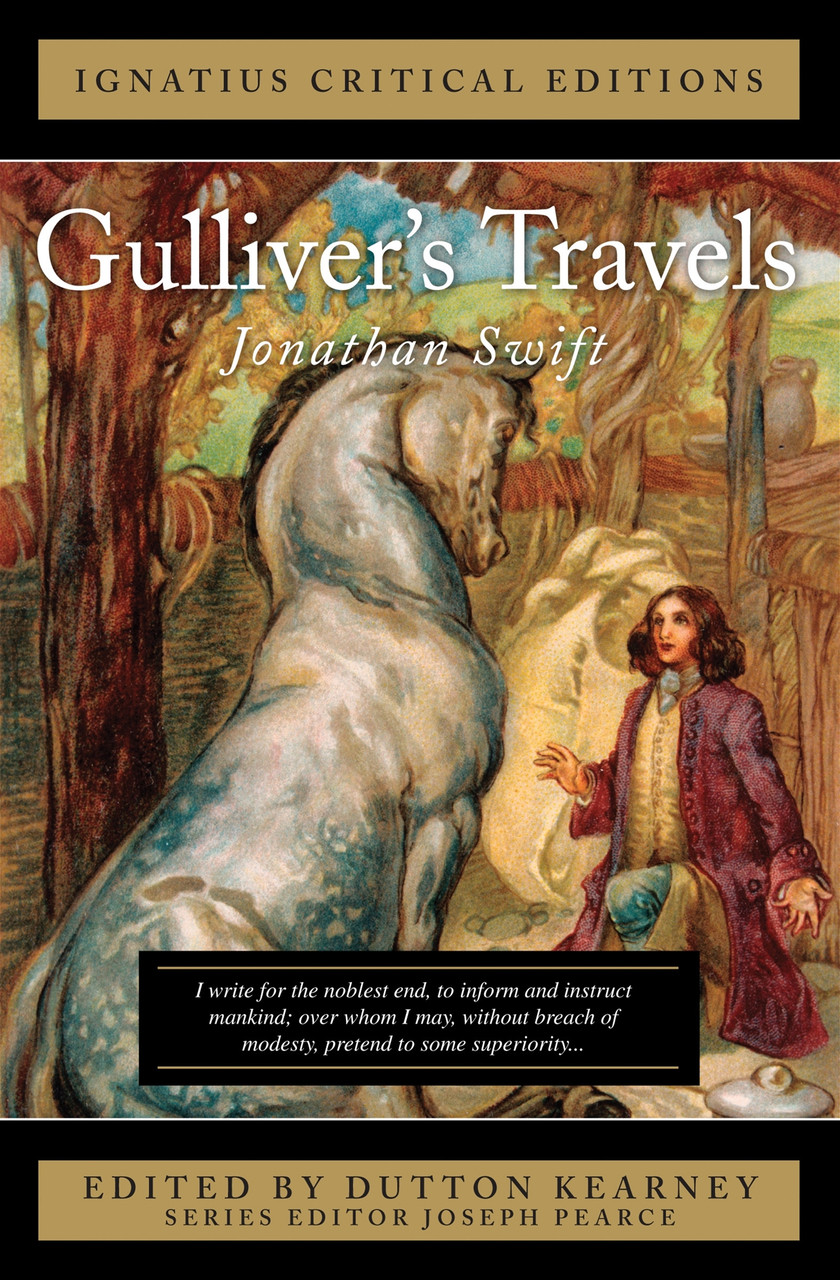
…”The curiosity and impatience of my master were so great, that he spent many hours of his leisure to instruct me. He was convinced (as he afterwards told me) that I must be a Yahoo, but my teachableness, civility and cleanliness, astonished him; which were qualities altogether opposite to those animals…”
That’s great!
The horse lies down with its owner. pic.twitter.com/lCB85DSkAl
— The Figen (@TheFigen_) February 10, 2025
Hey lovelies ☕🥰🍂
I hope this post finds you well & that you have a wonderful day! ❤️ pic.twitter.com/ljULxGtS70
— Jess Tungsten (@JessTungsten) November 15, 2025
This content is accessible to paid subscribers. To view it please enter your password below or send mike@standardsmichigan.com a request for subscription details.
Goat farming is an important source of livelihood for many small-scale farmers in developing countries, particularly in regions such as sub-Saharan Africa and South Asia. The FAO estimates that more than 90% of the world’s goats are raised in developing countries, where they provide a critical source of food and income for rural communities.
Overall, the global goat farming industry continues to grow, driven by increasing demand for goat meat and milk products, as well as the potential for sustainable agriculture practices.
Advantages:
Low start-up costs: Goat farming requires relatively low start-up costs compared to other types of agriculture. Goats are small animals that do not require much space, and they can be raised in a variety of environments, from small backyard farms to large commercial operations.
High productivity: Goats are known for their high reproductive rate, which allows farmers to increase their herd size quickly. They are also efficient at converting food into milk and meat, making them a profitable investment for farmers.
Multiple uses: Goats can be raised for meat, milk, and fiber, making them a versatile livestock option. Additionally, their manure can be used as fertilizer, and they can be used for weed control on farms and other properties.
Sustainable farming: Goat farming can be a sustainable agricultural practice, as goats do not require large amounts of feed or water, and they can be raised on marginal lands that are unsuitable for other types of agriculture.
Disadvantages:
Predation: Goats are vulnerable to predation by coyotes, dogs, and other predators, which can be a significant problem for farmers, especially in rural areas.
Disease susceptibility: Goats are susceptible to a variety of diseases, some of which can be difficult to diagnose and treat. Additionally, some diseases can be transmitted to humans, making it important for farmers to take precautions when handling their animals.
Market volatility: The demand for goat products can be volatile, and prices can fluctuate significantly based on supply and demand. This can make it challenging for farmers to predict their income and manage their finances.
Labor intensive: Goat farming can be labor-intensive, especially during kidding and milking seasons. This can make it difficult for farmers to manage their workload, especially if they have a large herd.
When you don’t have children or a significant other so get graduation photos done with your study subjects & absolute best pals ❤️
I despise having my photo taken & almost cancelled but decided I should suck it… although ended up in my dungarees for my favourite ones 😂 pic.twitter.com/0c6ZOBDEHI
— Dr Holly Vickery (@SkylarkHolly) July 25, 2024
Hi followers! It’s time to update my pinned tweet as I’ve finished my PhD at Reading in goat kid behaviour and welfare and…
I’m now a *permanent* lecturer at Harper Adams university!
Here I love to love to talk all things science, animals, crafts and smallholding life ☺️ pic.twitter.com/J9xQlLVgTi— Holly Vickery PhD (@SkylarkHolly) April 28, 2024
Office of Laboratory Animal Welfare
Guide for the Care and Use of Laboratory Animals
Kids raised right….
— Carissa (@njoyzgrl81) April 6, 2024
Today we scan the status of literature that informs the safety and sustainability of the built environment for animals large and small. Animals are found in education communities as pets. sporting partners, agricultural research and teaching settings, as medical research subjects and clinical care facilities. ANSI-Accredited standards developers with a footprint in this domain are listed below:
American Society of Agricultural and Biological Engineers
ASHRAE International
Institute of Electrical and Electronic Engineers
Animal Kingdom: A Large and Diverse Dataset for Animal Behavior Understanding
International Code Council
National Fire Protection Association
Underwriters Laboratories
Government agencies at all levels borrow from best practice recommendations in the catalog of the foregoing standards developers. Conversely, those same standards developers borrow from the best practice recommendations from the same government agencies.
Use the login credentials at the upper right of our home page.
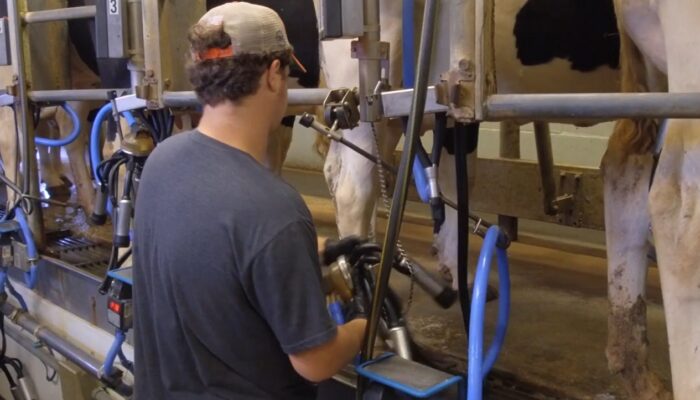
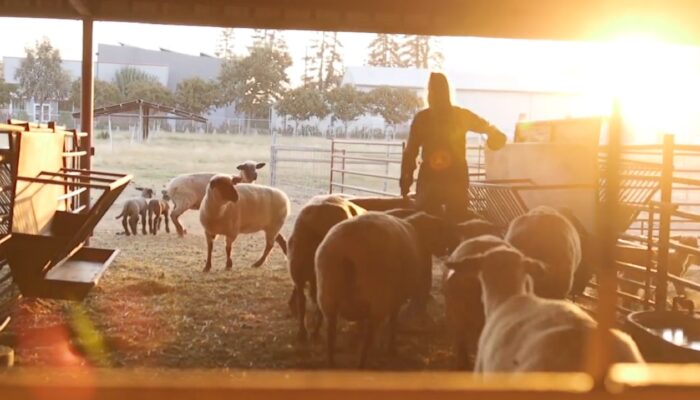
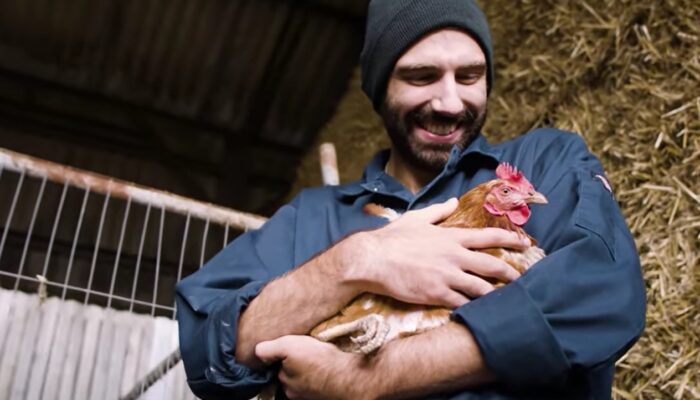
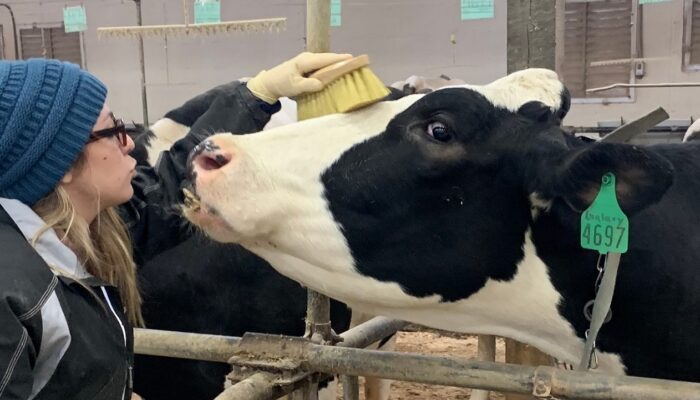
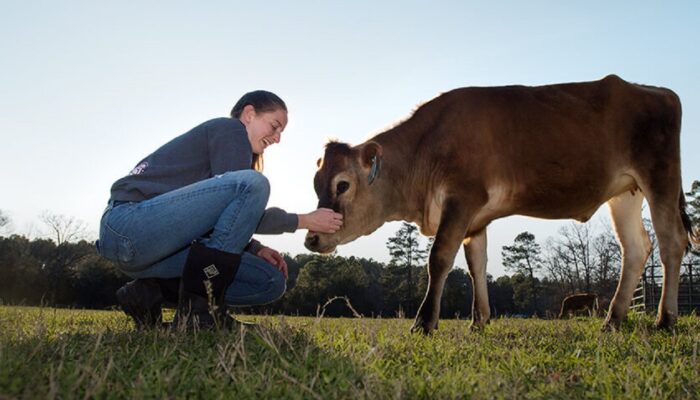
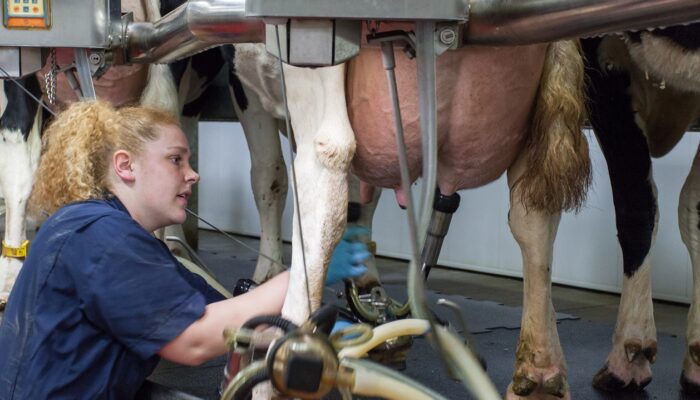
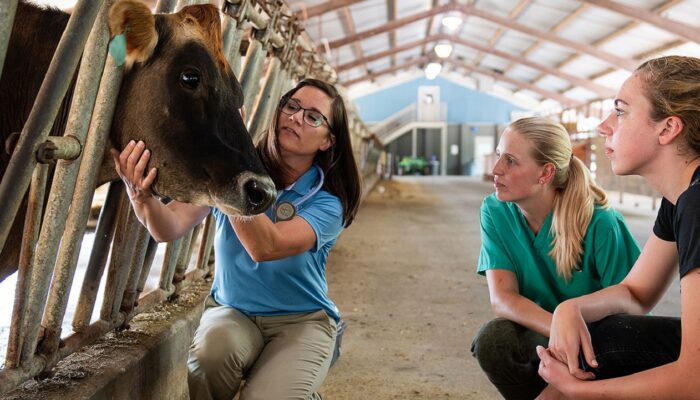


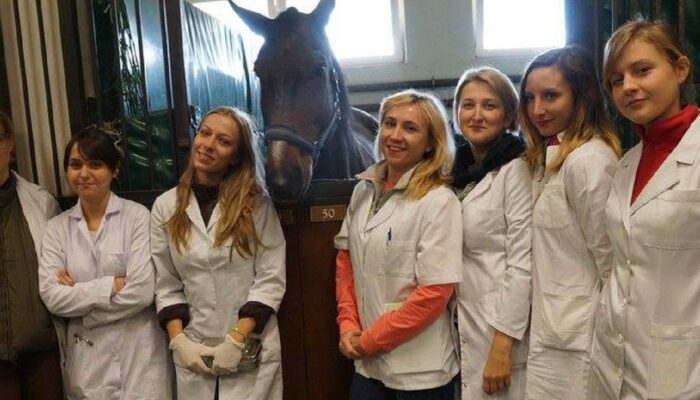
More
National Research Council: Guide for the Care and Use of Laboratory Animals
National Library of Medicine: Regulation of Animal Research
Most education communities use the foregoing regulations upon which to build their own standards. For example:
Financial Statement 2024: C$1.411B
Walking the Dog
— Billy Collins
Two universes mosey down the street
Connected by love and a leash and nothing else.
Mostly I look at lamplight through the leaves
While he mooches along with tail up and snout down,
Getting a secret knowledge through the nose
Almost entirely hidden from my sight.
We stand while he’s enraptured by a bush
Till I can’t stand our standing any longer
And haul on the leash to bring him away.
He lives in the moment, which is good for him,
But when I see a stone wall, I think of Greece,
The sort of place he’d have a lot to say about—
The sniffable pots and broken statues,
The seas, the Ionic evenings all in a row.
But he just gives a yelp and comes running over
To smell my palm, and what can I do but
Smile and bend down to give him a hello?
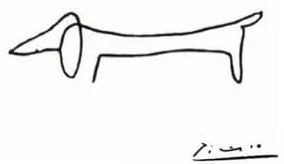
Congrats on earning your bark-elor’s degree 🐾 🎓 pic.twitter.com/X35yiNPOer
— York University (@YorkUniversity) June 13, 2025
York University Facilities Services
The recent undetected introduction and rapid spread of foot and mouth disease in the United Kingdom highlights the importance of the integration of effective biosecurity practices in every livestock operation within the US. Showing and exhibiting animals presents a risk for the spread of foreign or domestic infectious disease. Infectious diseases such as respiratory disease, contagious mastitis and bovine viral diarrhea, can present signs within a relatively short time frame, whereas Johne’s disease may not show signs for years after exposure. Taking the precautions listed below before, during and after fairs can help decrease the exposure to infectious disease.
NFPA 150 Fire and Life Safety in Animal Housing Facilities Code has entered its s025 revision cycle. Many education communities are responsible for animal safety in academic units, research enterprises. museums and even — as in the United Kingdom — large farm animals that wander freely on campus with students, faculty and staff. The number of colleges and universities that permit students to live with their pets has expanded; and with it the responsibilities of university administration.
From the document scope:
This standard shall provide the minimum requirements for the design, construction, fire protection, and classification of animal housing facilities. The requirements of NFPA 150 recognize the following fundamental principles:
(1) Animals are sentient beings with a value greater than that of simple property.
(2) Animals, both domesticated and feral, lack the ability of self-preservation when housed in buildings and other structures.
(3) Current building, fire, and life safety codes do not address the life safety of the animal occupants. The requirements found in NFPA 150 are written with the intention that animal housing facilities will continue to be designed, constructed, and maintained in accordance with the applicable building, fire, and life safety codes.
The requirements herein are not intended to replace or rewrite the basic requirements for the human occupants. Instead, NFPA 150 provides additional minimum requirements for the protection of the animal occupants and the human occupants who interact with those animals in these facilities.
A full description of the project is linked below:
Fire and Life Safety in Animal Housing Facilities Code
Access to the 2025 Edition is linked below:
We provide the transcript of the back-and-forth on the current 2022 edition to inform how education communities can contribute to the improvement of this title; a subject that stirs deep feelings about animal safety in research enterprises.
We contribute to NFPA 150: SAFETY IN ANIMAL HOUSING FACILITIES https://t.co/PxSznGDGw1 #TotalCostofOwnership pic.twitter.com/BmJ0HgvpQ3
— Standards Michigan (@StandardsMich) March 9, 2016
Public comment on the Second Draft of the 2025 Edition will be received until March 27, 2024.
We have been advocating risk-informed animal safety concepts in this document since the 2013 Edition and have found that it is nearly impossible to overestimate the sensitivity of educational communities to the life safety of animals — either for agriculture or medical research.
We maintain the entire NFPA catalog on the standing agenda of our Prometheus colloquia. See our CALENDAR for the next online meeting; open to everyone.
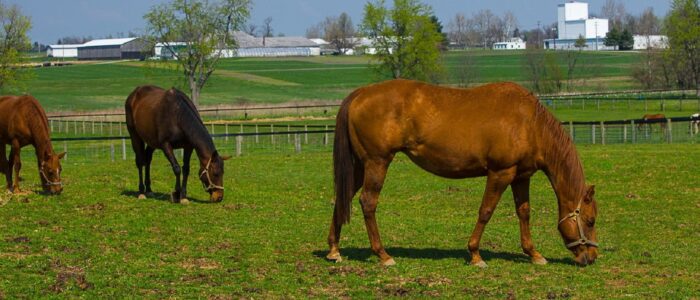



Kids raised right….
— Carissa (@njoyzgrl81) April 6, 2024
Issue: [11-1] and [19-5]
Category: Fire Protection, Facility Asset Management, Academic, Risk Management
Colleagues: Mike Anthony, Josh Elvove, Joe DeRosier
More:
”Create in me a pure heart, O God, and renew a steadfast spirit within me.„ Psalms 51:10
Have a blessed Sunday all who feed humanity! #dairy #beef … pic.twitter.com/BG68A4Sn5h— Ion Moraru 🇺🇦 (@IonMoraruDairy) February 18, 2024
‘Tension and Uncertainty’: How a diverse technical committee rife with opposing viewpoints created the new NFPA 150 https://t.co/sqam82C0G7 pic.twitter.com/BvcveX6dwM
— NFPA (@NFPA) December 31, 2018
Bibliography:
National Institute of Health: Policy on Humane Care and Use of Laboratory Animals
International Building Code: Section 304 (Business Group B): Animal hospitals, kennels and pounds
Terrestrial Animal Health Code
IEEE Guide for Animal Deterrents for Electric Power Supply Substations
IEEE Livestock Monitoring System
Ventilation Design Handbook on Animal Research Facilities
HVAC Design in Animal Facilities
USDA Animal Welfare Information Center
US Department of Agriculture: Animal Welfare Act and Animal Welfare Regulations
S. 4288: Reducing Animal Testing Act
Protecting Animals When Disaster Strikes
The Boren Veterinary Medical Teaching Hospital in Stillwater was named after David Boren, who played a significant role in securing funding for Oklahoma’s only animal medical research and clinical delivery facility during his tenure as the Governor of Oklahoma in the 1970s. An additional $250 million has been allocated by the state for upgrades and operational costs — essential for maintaining the program’s accreditation.
Standards Oklahoma | GHW Architect Tulsa | Manhattan Construction Oklahoma City
https://vethospital.okstate.edu/
Congratulations to the seven outstanding researchers from the OSU College of Veterinary Medicine who were named on the Stanford/Elsevier Top 2% Scientists List! We’re proud to celebrate their achievements! 🎉https://t.co/9R6z518v6z
— OKStateVetMed (@OKStateVetMed) May 1, 2025
New update alert! The 2022 update to the Trademark Assignment Dataset is now available online. Find 1.29 million trademark assignments, involving 2.28 million unique trademark properties issued by the USPTO between March 1952 and January 2023: https://t.co/njrDAbSpwB pic.twitter.com/GkAXrHoQ9T
— USPTO (@uspto) July 13, 2023
Standards Michigan Group, LLC
2723 South State Street | Suite 150
Ann Arbor, MI 48104 USA
888-746-3670
